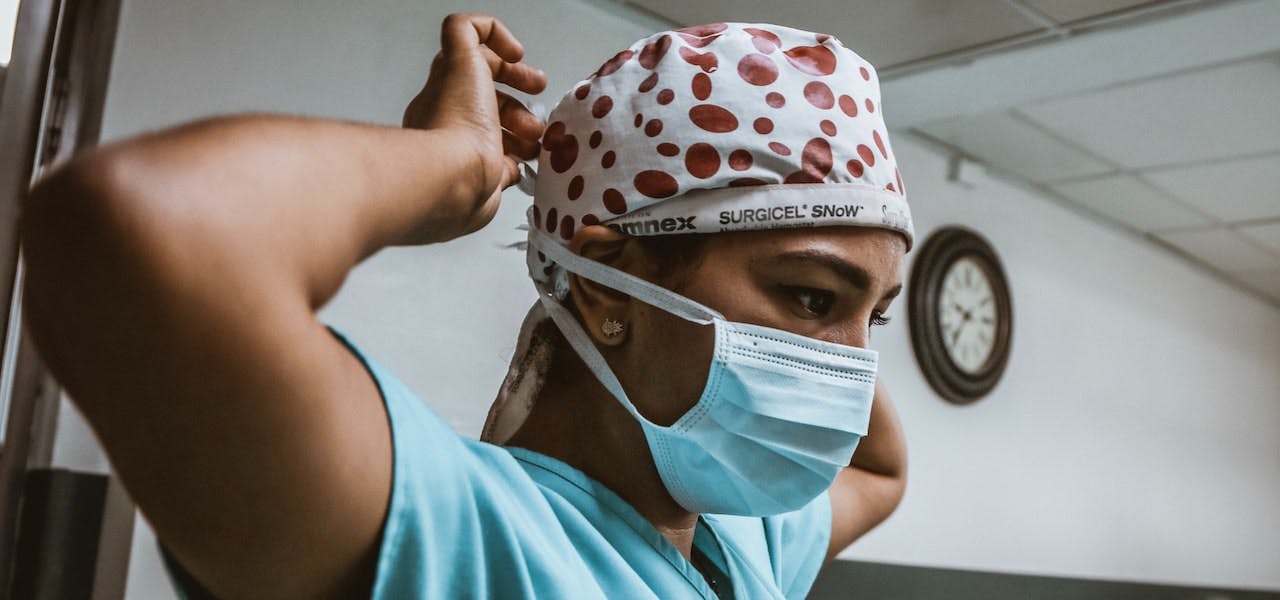By now, there has been an overwhelming range of expressed opinions voiced by citizens, in the U.S. especially, about mask etiquette and whether or not masks are needed to contain the spread of Covid-19. Of course, they are and we know that now, but that’s not the intent of this piece.
Rather, these issues have incited much banter on social media, and even in person amongst family members who disagree with each other on basic issues such as mask-wearing and social distancing. At the societal level, these issues reflect broadly how scientific research—research that is supposed to sound, fact-checked, and objective, is perceived by civil society and where and how it becomes an issue of mistrust.
In order to understand this issue more fully, we need to take into account how people (and through what communication channel), are receiving scientific messaging and what this means in terms of legitimate sources of data collection.
Facemasks and groundbreaking research
What started as a pretty standard routine in order to go into grocery stores and other essential stores in mid-March has turned into a divisive political stance on whether or not masks hinder our freedom as citizens. When Covid-19 officially became a pandemic, there was a concerted effort from public health officials everywhere, the “experts”, to stop the spread and contain the curve. This curve they kept talking about, especially doctors and nurses, is basically represented by a linear model whereby along the X-axis was days, and along the Y-axis was case counts (by region).
The model was Internet famous for showing that many places around the world, including the U.S. at the time, were on the upswing of the curve. This alarmed citizens. Experts replied to concerns by stating that it was in fact the best time to take precaution against further damage, and in order to slow the spread, and get to the other side of the bell curve, necessary measures needed to be put in place such as mask wearing and social distancing.
Around this time, the CDC also came out with cutting research and visual displays of people walking, and the virus emanating from their breath in water droplets if they didn’t wear a mask. The official CDC position supported that individuals should wear masks, regardless of the primitive stances of politicians at the time, because of the “aerosolization” effect of the virus, which means that airborne particles that can cause Covid-19 in a human host can stay in the air for up to three hours at a time. Later research confirmed that the virus can stay on surfaces such as doorknobs or smartphones for up to 24 hours.
As with good research and solid findings by a well-established scientific community who ran their own tests and conducted their own research, many of these basic research outcomes were contested by the public or brushed aside. The question is why?
Communication Channels and lived experience over editorials
In at least one vein, we have to consider the impact of communications channels on our societal reaction to the virus. Most of these findings by the CDC, WHO, and other experts such as Dr. Anthony Fauci, were communicated via online editorials on platforms such as LinkedIn, shared via The Atlantic and The Guardian (both highly credible) and other less international news outlets such as CNBC and FOX.
But the way consumers were receiving these messages is really key to understanding where the discontent and mistrust was birthed from. Millennials especially and younger people have attention spans that amount to reading a few editorials a day. It’s actually the reasoning why articles on most platforms now have subscripted next to their title “3 min read”. It’s more clickable and represents a pretty low opportunity cost in terms of attention span.
It could very well be the case that this combination of quick reads available on multiple platforms, as most people now operate on LinkedIn, Instagram, and Facebook multiple times a day, has turned readers into content consumers instead of analytical lab partners—for the most part.
This would suggest that research conducted in a lab, and of course being there to see trials of something in person, is a lived experience that people might remember more, and would regard as highly credible versus skimming through an article on their phone. This is a side effect of the research process and how involved someone is with it.
This also relates heavily to what is termed as the “drift” that most citizens experience between a research finding, or even a new policy memo, and the actual lived experience of people waiting to see if what they read about will happen or not. This drift places no inaccuracy on the actual science or research conducted, but simply represents a phenomenon where people wait to see what happens.
